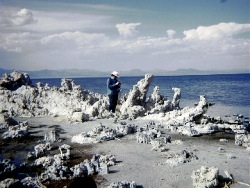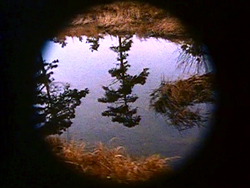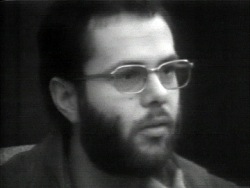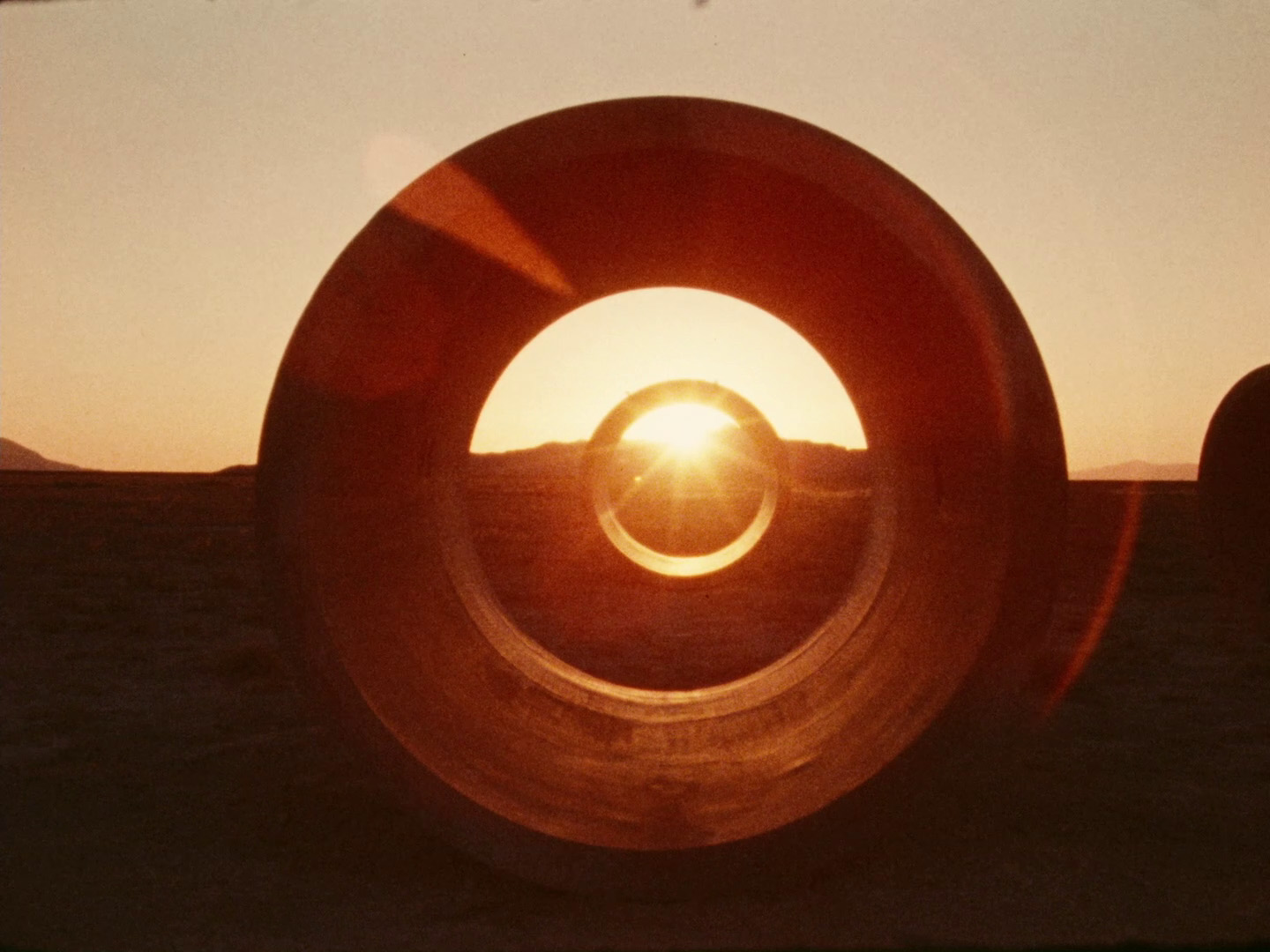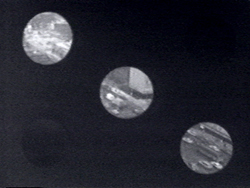
NANCY HOLT: Daylong Tribute Screening at EAI
NANCY HOLT: Daylong Tribute Screening at EAI
535 West 22nd Street, 5th floor
New York, NY 10011
www.eai.org
noon - 7pm
NANCY HOLT: Daylong Tribute Screening at EAI
535 West 22nd Street, 5th floor
New York, NY 10011
www.eai.org
noon - 7pm
NANCY HOLT: Daylong Tribute Screening at EAI
535 West 22nd Street, 5th floor
New York, NY 10011
www.eai.org
noon - 7pm
Works
This piece documents the process behind the creation of Holt's major public art installation, Dark Star Park, in Arlington, Virginia. The park, which features giant concrete spheres and pipes, allows the visitor to reconsider the experience of space, earth and sky within an urban context. It also...
Holt and Smithson's first collaborative experiment with video takes the form of a humorous bi-coastal art dialogue. Joined by their friends Joan Jonas and Peter Campus, the artists improvise a conversation based on opposing — and stereotypical — positions of East and West Coast art of the late 1960s. Holt assumes the role of an intellectual conceptual artist from New York, while Smithson plays the laid back Californian driven by feelings and instinct.
In this early experiment on perception and point of view, five subjects are seen through a board in which five circular holes have been cut; they move between five points, turn in circles and follow instructions. The artist and her subjects discuss their experience of the performance, how it is perceived on the ground and through the playback monitor, and the scales and viewpoints created.
Featuring Super 8 film footage and Instamatic slide images of artists Robert Smithson, Michael Heizer and Nancy Holt as they visited California's Mono Lake in July of 1968, this piece was edited by Holt in 2004. Mono Lake is a document of a unique natural environment, a candid "home movie" of the artists' 1968 road trip, and an intimate view of three seminal figures in the earth art movement as they interact with the Western landscapes that are so central to their work.
"Pine Barrens is concerned with evoking through film a barren wilderness in south-central New Jersey. The camera is always in motion — tracking, pivoting, and walking through the landscape. Though they are never seen in the film, the voices of the local people, the 'Pineys,' are heard relating their feelings about the land, their attitudes about city life, their myths of the area, etc. their voices and the music of 'Bill Patton's Pine Barrens Trio' add a psychological dimension to the landscape." — Nancy Holt
Using multiple camera angles and minimal repetitions to modulate her friend David Wheeler's personal narrative of his battle with leukemia, Holt presents his physical illness as a site for metaphysical and aesthetic reflection. Holt's editing procedure both frees Wheeler's narrative and closes in on it, effectively projecting the personal into the conceptual.
Sun Tunnels documents the making of Holt's major site-specific sculptural work in the northwest Utah desert. Completed in 1976, the sculpture features a configuration of four large concrete tubes or "tunnels" that are positioned to align with the sunrise and sunset of the summer and winter solstices. With stunning footage of the changing sun and light as framed by the tubes, Sun Tunnels calls attention to human scale and perception within the vast desert landscape.
Nancy Holt and Robert Smithson collaborated on this seminal film, which viscerally confronts issues of perception and process. The action of the film is direct: Holt walks through the tall grasses of a swamp while filming with her Bolex camera, guided only by what she can see through the camera lens and by Smithson's verbal instructions. The viewer experiences the walk from Holt's point of view, seeing through her camera lens and hearing Smithson's spoken directions. Vision is obstructed and perception distorted as they stumble through the swamp grasses.
Underscan is a seminal early video work. Holt writes: "...Time and the visual image are compressed. A series of photographs of my Aunt Ethel's home in New Bedford, MA had been videotaped, and re-videotaped while being underscanned....Because of this underscanning process, each static photo image, as it appears, changes from regular to elongated to compressed or vice versa. Excerpts from letters from my aunt spanning 10 years are condensed into 8 minutes of my voice-over audio."
Positioned in an elevated vantage point, Holt uses five apertures in a black board set before the camera to slowly reveal a controlled, abstracted view of an urban landscape. Discussing this New York vista with Ted Castle, Holt strategically transforms passive reception into an interactive exchange.



